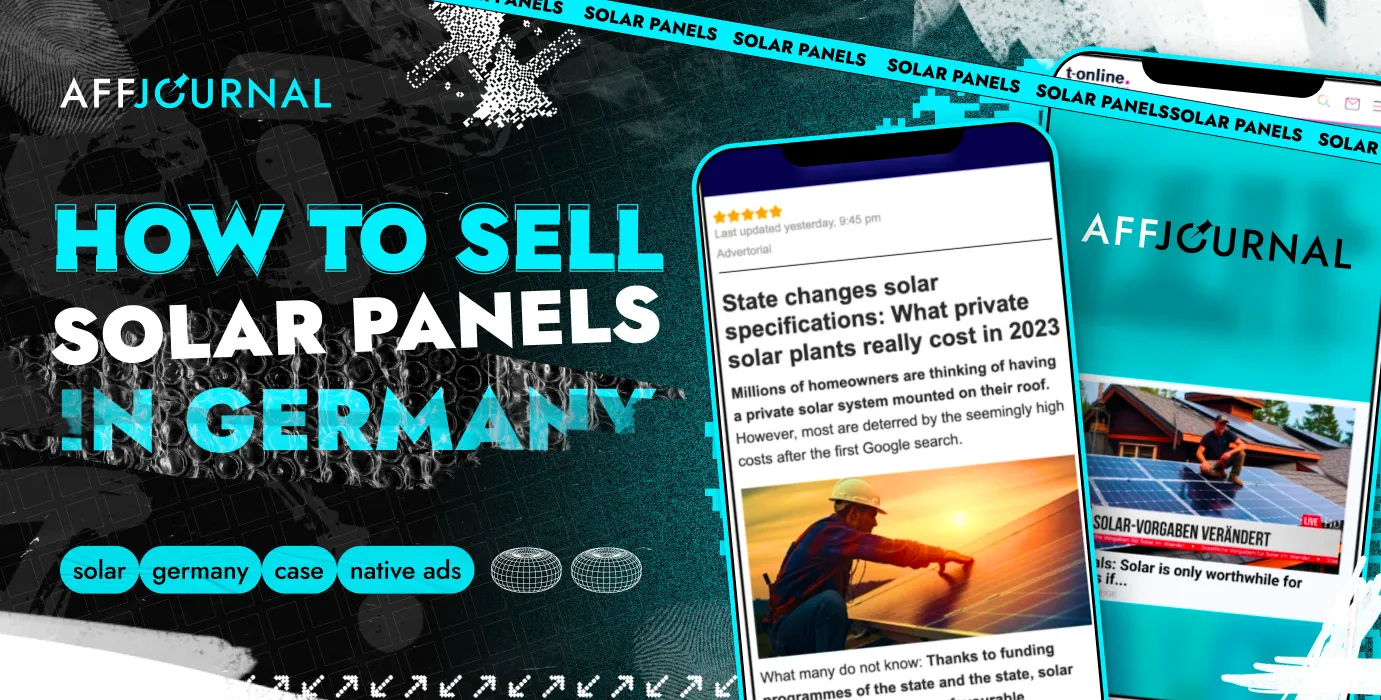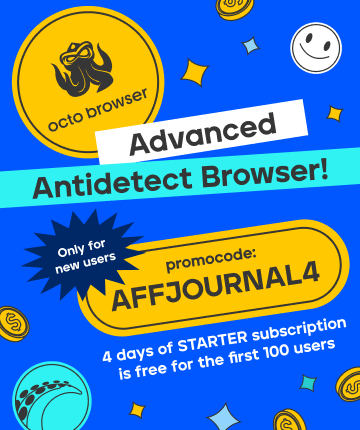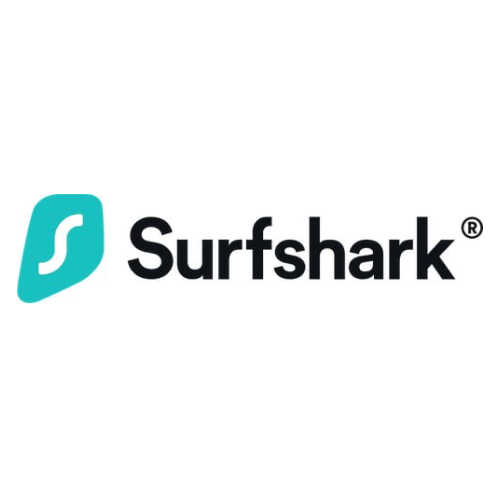

by Editor
Case: $100 000 profit in a month: detailed guide on selling solar panels to wealthy Germans using teaser networks
Hello! I'm Andrei, the Director of Development at the native advertising agency Xevio. Having worked for 5.5 years at Taboola as the Sales Director for Eastern Europe and Israel, I recently joined the team of old friends from Germany who are successfully promoting white lead generation, e-commerce, and search arbitrage on Taboola, Outbrain, and Baidu. In 2022, the total turnover was just over $90 million, and in 2023, we'll tally the numbers by December 31. Our plans include expanding to MGID and Revcontent, as there is also a significant amount of traffic there.

We’ve conceived a series of cases aiming to demonstrate the variability of verticals and the potential scale of available traffic in major networks, as well as dispel the myth of impenetrable moderation.
In the first case — the vertical of white lead generation, specifically “home improvement”.
Correction: We direct our traffic straight to advertisers, but I’ll share links to affiliate programs where you can find their competitors.
The agency model provides a certain flexibility – RevShare or Fixed CPA, of course, is a viable option. However, considering the comprehensive operational support, including creatives, landing pages, communication with advertisers, interaction with platform AMs and moderation, we opt for a percentage tie to monthly turnover.
On the positive side, there's financial stability. On the downside, there's a need to maintain a balance between subpar performance – if we incur losses, clients may go to competitors – and exceptionally good performance – if we train them too well, they might decide to make purchases independently, meaning they might ditch us.
- Vertical: Home improvement, solar panels
- Type: White lead generation
- Source: Native network Taboola
- Geo: Germany
- Highpoint of the campaign: 01/07/2023 – 01/08/2023. The main volume falls on sunny months, but we sincerely thank the sponsor of this autumn – the sunny weather in Europe, thanks to which we can generate decent volumes almost all year round.
- Tracker: Voluum
- Spent: $492 800
- Earned under the agency model: $98 560 (20%);
- Would have been earned if on CPA, but with our financial risks: $133 189 (27%).

Choosing a vertical: why specifically white lead generation
White lead generation is one of the largest industries in arbitrage. Large businesses in insurance, medicare, class action lawsuits, or home improvement require a colossal number of leads daily for subsequent conversion into paying customers. It's a basic numbers game. This vertical can be described as “evergreen”, but with consideration for seasonality. For example, insurance in the USA can be promoted year-round, but it's advisable to increase budgets towards the end of the fourth quarter (Q4) as the changes in insurance companies by ordinary residents usually occur at the beginning of the new year.
Such nuances, specific to each country, are better studied before any campaign launch. At the very least, the more comprehensive the procurement is conducted, the higher the likelihood of a high margin. In other words, we are not for mindless copying from spy tools but for a thorough examination of the audience's peculiarities in each country for subsequent capitalization. Since there are never moderation issues with the “home improvement” vertical, I’ve often recommended it even back in Taboola.
It's worth noting that white lead generation is somewhat similar to COD (cash on delivery): unlike SS (straight sales), you also purchase leads and then await the results of processing and final approval. However, you can always negotiate only for leads, which simplifies interaction but reduces maneuvering space.

GEO selection
The USA is quite a popular choice, both in Taboola and Outbrain. Even without MSN, advertising campaigns can reach turnovers of 20-30k per day, and with MSN and Yahoo, you can easily go beyond a hundred. A similar situation is observed with CNN on Outbrain. However, it's a different story in the West as literally everyone is targeting the USA. Consequently, in the last couple of years, the Xevio team has often worked with Europe: less traffic, but margins are often higher.
A distinctive feature of Germany is its affluent aging population. Firstly, over 50% of Germany's residents are over 40 years old. Secondly, Germany is the largest economy in Europe, which is less burdened by inflation, but clearly faces issues with the quantity of available electrical energy. Having studied publicly available data, about eight months ago the team hypothesized that there might be an interest in solar panels in Germany. While the younger audience was buying all kinds of rubbish on social media, during the energy crisis, adult Germans decided to spend hard-earned euros on diversification, aligning with the green agenda at the same time.
Based on experience, it can be useful to combine German campaigns into the DACH region, targeting them together with Switzerland and Austria. The purchasing power there is practically identical anyway. Just make sure that the affiliate network or direct advertiser is prepared to process the leads.
Source selection
Regardless of our collective experience with native advertising, the choice was obvious: they are perfect for promoting either products for a thoughtful older audience or for spontaneous purchases, aka the wow! effect. As an option, this could be related to habits: the average age of MSN, the largest news publisher like Taboola and Outbrain, is over 40-45 years old. This means they are accustomed to consuming content in an old-school manner directly on news platforms, rather than through those TikToks of yours.
Selecting an advertiser, negotiating a budget
I won't give you the direct advertiser for obvious reasons, but you can find some direct competitors on Reflex or Perform CB. The latter has an excellent selection of offers in this category for the USA - our testing before establishing the agency always started with them, at the very least. Just don't repeat our mistakes, always check the local weather before promoting, or you might turn gray seeing a drop in conversions. And you'll later discover it's because it started snowing in usually sunny Texas. Precipitation outside doesn't encourage investments in solar panels. Take my word for it.
Gradually increasing turnover and gaining experience, statistics started to accumulate, which could be presented to direct advertisers, offering collaboration. From there, we simply transition to direct sales, negotiating test budgets and proving our expertise with both professional terminology and figures. Basically, that’s it, just like in this case.
Testing should last a minimum of 3-4 weeks because user behavior on websites often varies due to behavioral factors and the variability of news. If in FB* the environment never changes due to the peculiarities of a closed ecosystem, the situation in the native environment is completely different. In other words, results should be compared not over the range of Monday-Tuesday but over the range of Monday-Monday-Monday-Monday, evenly distributing the budget.
The budget is usually calculated based on simple formulas:
- Based on the fact that the CVR for solar panels varies somewhere in the range of 0.4%–0.6%, we take a CVR of 0.5% and begin consolidating the figures.
- Taboola & Outbrain often recommend gathering around 100 clicks per platform within any test, collecting at least 100 platforms in the first 3-4 weeks. So, for a test, you need to gather about 10 000 clicks. This is the baseline.
- If you plan to split devices, you can confidently go for 2. However, we didn't need that, as we were running on both devices.
- In our scenario, we knew that all offers were built on an average CVR of 1%, which was twice as high as the benchmark. Therefore, 10 000 clicks were insufficient, and we budgeted for 20 000.
- To calculate the budget, we typically multiply by the average CPC value per GEO, with an adjustment for vCTR. Auctions on both platforms operate on vCPM, so the higher the vCTR, the cheaper we could purchase traffic. Fortunately, the vCTR on the panels is close to the average, so we could rely on the recommended CPC value, adding 10-15% for aggressiveness. I call this the unfixed fuck-up rate, i.e., accounting for the margin of error.
Based on this — 100x 100x2x(0.4 + 10%) = $8880

Best creatives for native platforms
Procurement features
- Creatives: we’re testing different approaches, from images of elderly individuals on banners impressed by low prices for solar panels to photos of the final product with a headline referencing expert opinions. You can play with dynamic headlines, using JavaScript [!city] or [!country] to increase clickability;
- The pre-landing page serves several purposes at once: warming up the lead and filtering out the non-creditworthy audience. You tell a success story, add testimonials and promotions, and then insert a CTA. The ideal customer is the one who has read to the end, been convinced of the necessity of the service, and has also matched the demographics and location after transitioning to the landing page. There, they will be prompted to get a quote, after which we capture the lead;
- Voluum allows for quick split tests of landing pages within the tracking itself, which Taboola might mistakenly interpret as redirect and cloaking. We discuss all landing pages in advance with moderation, so all platform teams are well aware of the approaches and when we launch them;
- We divide the budget by the number of days, setting a daily budget based on the calculated amount (8880 / 31 = 286). We start the campaign, not adjusting bids during the first week, allowing the algorithm to learn. We disable sites where there is no conversions after 50-150 clicks (considering the site's size – larger sites may need more time to find the right audience);
- We adjust bids only in case of insufficient traffic, lowering them if the CPA is significantly higher than the desired values (30%+). At that point, nothing can save it.
It's better to adjust the budget no more than once or twice a week, allowing the algorithm to learn. Gradually increase it: $286 – $600 – $1000 – $2000 – $5000, and so on.

Finished funnel
Conclusion
Solar panels are just one example. It’s crucial to thoroughly study markets, identifying trends in consumer demand and capitalizing on them. Lead generation is an exceptionally white vertical, whether you are dealing with insurance, private clinics, class action lawsuits, or home improvement, such as insulation, shower installations, gutter cleaning, and more. One should go where the demand is, and although there is demand in more gray verticals, we often take the path of least resistance, building relationships with moderation teams in major networks and massively promoting simple and understandable products and services. This helps us quickly scale to 5-6 digit turnovers per day through trouble-free placements on major platforms with millions of audiences.

by Editor




comments ....(0)
Leave a comment
You must be in to leave a comment